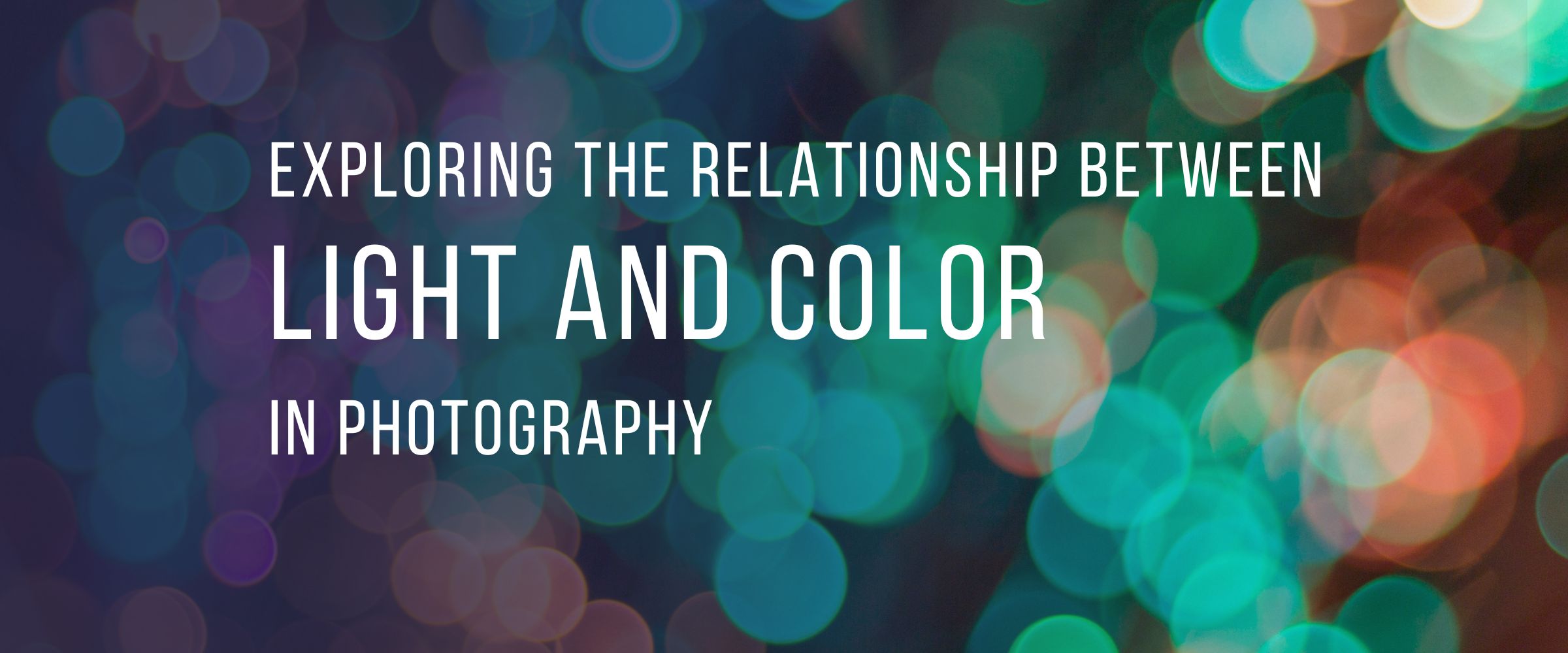Photography is all about capturing the perfect moment, but what makes a moment perfect? The answer lies in the delicate interplay between light and color. Yes, that’s right – without light, there would be no color, and without color, there would be no beautiful photos. In short, the relationship between light and color is crucial in photography.
If you’re someone who loves to capture the world through the lens of a camera, understanding this relationship is a must. In this blog, we’re going to explore the fascinating connection between light and color in photography. We’ll cover everything from the basics of light to color photography. So, grab your camera and let’s get started on this colorful journey!
Understanding Light
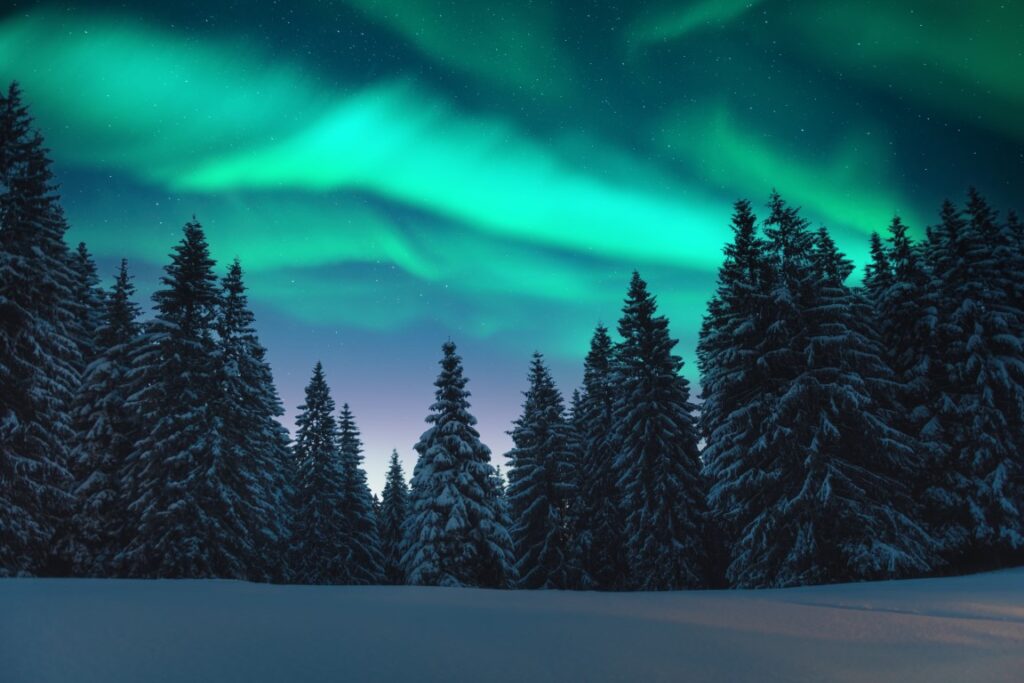
Aurora borealis , Source – envato.com
Light is a form of electromagnetic radiation that enables us to see objects around us. In photography, light plays a vital role in capturing stunning photographs. Light travels in straight lines and can be absorbed, reflected, or refracted by different objects in its path. The amount of light that enters a camera’s lens is what determines the exposure of a photograph. In short, light is what makes photography possible!
Different Types of Lighting in Photography and Their Impact on Color
There are many different types of light sources used in photography. Natural light is one of the most common sources, and it can vary in color and intensity depending on the time of day and weather conditions. Artificial light sources like LED and fluorescent lights can also be used, and they have a different color temperature than natural light.

Children carrying Indian flags up a hill, Courtesy – Raviraophotography
Different light sources can have a significant impact on the color of a photograph. For example, natural sunlight tends to be warm, while fluorescent light can create a cooler tone. Understanding the color temperature of different light sources is crucial for achieving the desired look in a photograph.
In addition, the direction and angle of the light source can also impact the color of a photograph. Backlighting, for example, can create a warm and inviting atmosphere, while side lighting can add depth and texture to a photo.
Manipulating Light to Create Different Color Effects
One of the best things about photography is the ability to manipulate light to create different color effects. One way to do this is by using gels or filters to modify the color of the light source. This can create a variety of different color effects, from warm and inviting to cool and moody.
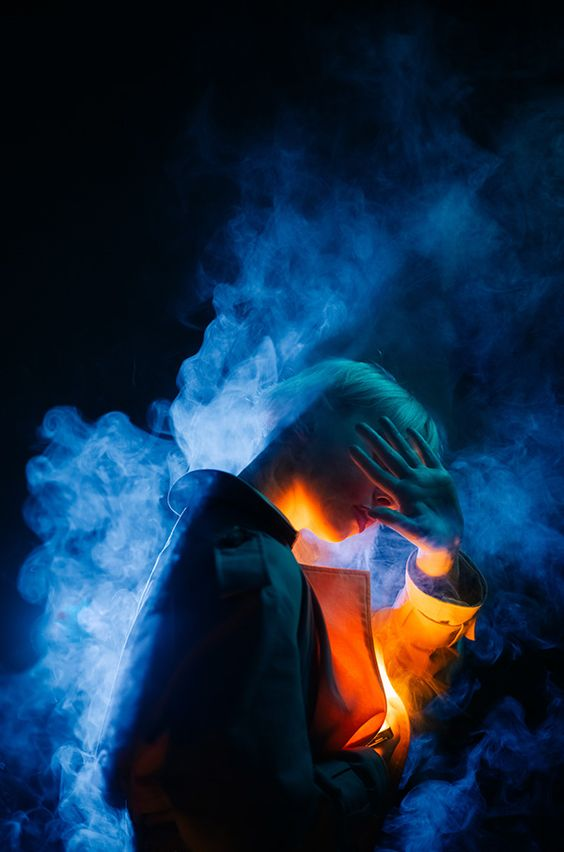
By Polina Washington on Behance
Another way to manipulate light is by changing the angle or direction of the light source. This can create interesting shadows and highlights, which can add depth and texture to our photos. By understanding the different ways light can be manipulated, we can create stunning photos that are full of life and color.
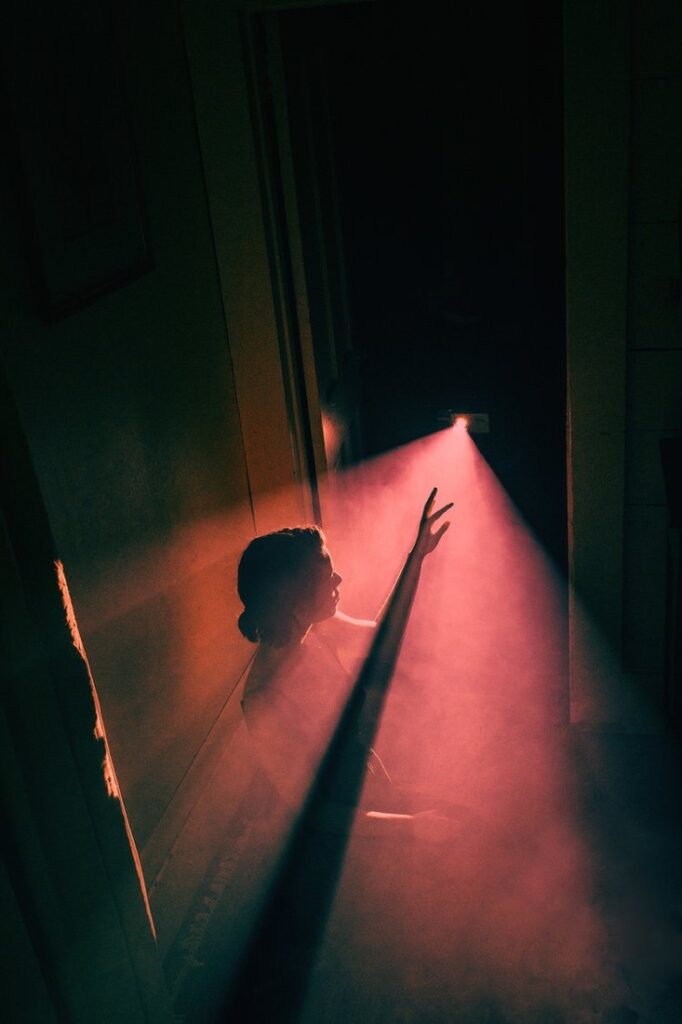
Courtesy – http://www.niravpatelphoto.com/
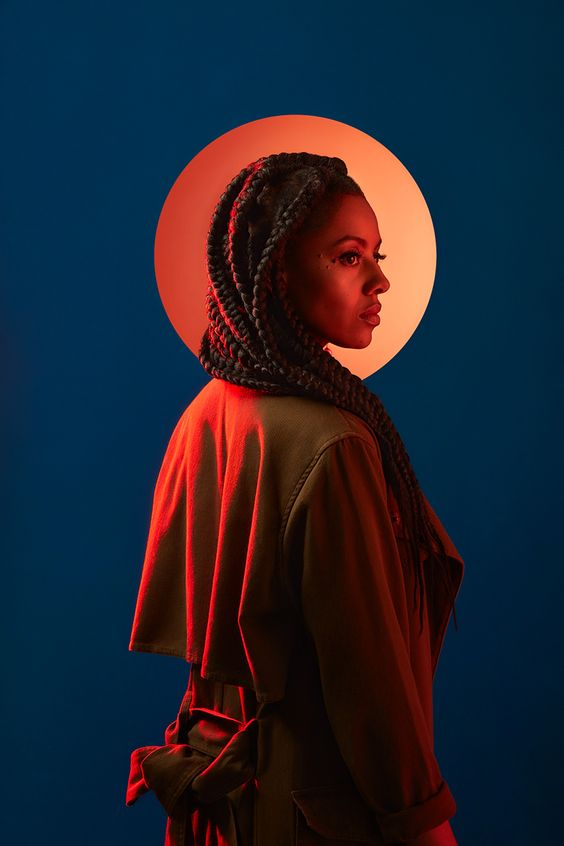
By Akatre Studio on Behance
Understanding Color
Color is an essential element in photography. It is the property of an object that is determined by the wavelength of the light that it reflects or emits. The colors we see in a photograph are a result of the way light interacts with the objects in the scene. Understanding color is crucial for creating beautiful and engaging photographs.
The Color Wheel and Color Theory
A color wheel is a tool for understanding how colors relate to one another. It is a circle that contains primary, secondary, and tertiary colors. Primary colors (red, blue and yellow) cannot be created by mixing other colors. Secondary colors are created by mixing the two primary colors, and they are green, purple, and orange. Tertiary colors are made by combining a primary and a secondary color.
Color theory is an understanding of how different colors interact with one another. It explains the relationships between different colors and how they can be used to create various effects in photography. For example, complementary colors are colors that are opposite each other on the color wheel, and they can create a dynamic contrast when used together.

Courtesy – kshitijpatle
Different colors can interact with each other and with light in various ways, creating unique effects in photographs. For instance, warm colors like red, orange, and yellow can create a sense of energy and excitement, while cool colors like blue, green, and purple can create a sense of calm and tranquility.
In contrast, using complementary colors can create a striking and contrasting effect.

Image by Ashlynn WJ Tan on Behance
Understanding how different colors interact with each other and with light can help photographers create stunning and visually appealing photographs. By experimenting with color and using it to tell a story, photographers can take their craft to the next level.
How Light Affects Color in Photography
Light plays a crucial role in how we perceive colors in photography. It can have a significant impact on the color temperature, saturation, and tone of a photograph. Understanding how light affects color is essential for creating beautiful and engaging photographs.
Examples of How Different Lighting Conditions Can Impact the Colors in a Photograph
The colors in a photograph can be affected by different lighting conditions. For example, shooting during the golden hour (the hour after sunrise and before sunset) can create warm and vibrant tones in a photo. Shooting during the blue hour (the period of twilight before sunrise and after sunset) can create cool and moody tones. We wrote about blue hour and golden hour photography here.

Source – envato.com
Indoor lighting can also affect the colors in a photograph. Fluorescent lights can create a greenish tint, while incandescent lights can create an orange or yellowish tint. Understanding how different lighting conditions can impact the colors in a photograph is crucial for creating the desired look and feel.
In conclusion, understanding how light affects color in photography is crucial for creating stunning and visually engaging photographs. By experimenting with different types of light sources and lighting conditions, photographers can create unique and dynamic images that tell a story and evoke emotion.
Color Balance and White Balance
Color balance refers to the overall color tone of a photograph. Proper color balance ensures that the colors in a photo appear natural and true to life. White balance, on the other hand, is the process of adjusting the colors in a photo to make white appear neutral. This is important because white objects can appear differently colored under different lighting conditions.
Achieving Proper Color Balance and White Balance in Photography
Achieving proper color balance and white balance in photography can be done in a few different ways. One way is to use a gray card or a color checker chart to calibrate the camera’s white balance settings. Another way is to adjust the white balance settings manually by using the camera presets or by adjusting the color temperature.
Common Color Balance Problems and How to Fix Them
There are a few common color balance problems that photographers may encounter. For example, a photo may appear too warm or too cool, or the colors may appear too saturated or desaturated. These problems can be fixed by adjusting the white balance settings or by using post-processing software to make selective color adjustments.
Creative Use of Color Balance
Proper use of color balance can enhance the mood and tone of a photograph. Photographers can use warm tones to create a cozy and inviting atmosphere, while cool tones can create a calming and serene feeling. Playing with color balance can also create interesting and unique color effects, such as split-toning or color grading.

source – envato.com
In conclusion, understanding color balance and color in photography is crucial for achieving natural and true-to-life colors in photography. By achieving proper color balance and white balance and creatively playing with color, photographers can create visually stunning and emotionally engaging photographs.
Now that you’ve gained insights into the fascinating relationship between light and color in photography, it’s time to put that knowledge into action! Don’t be afraid to experiment with different lighting conditions, color combinations, and creative effects in your photography. Remember, photography is an art form, and the best way to find your style and voice is through experimentation and practice. So go forth, fellow photographers, and let your creativity shine bright – or dim, or warm, or cool – the choice is yours!


